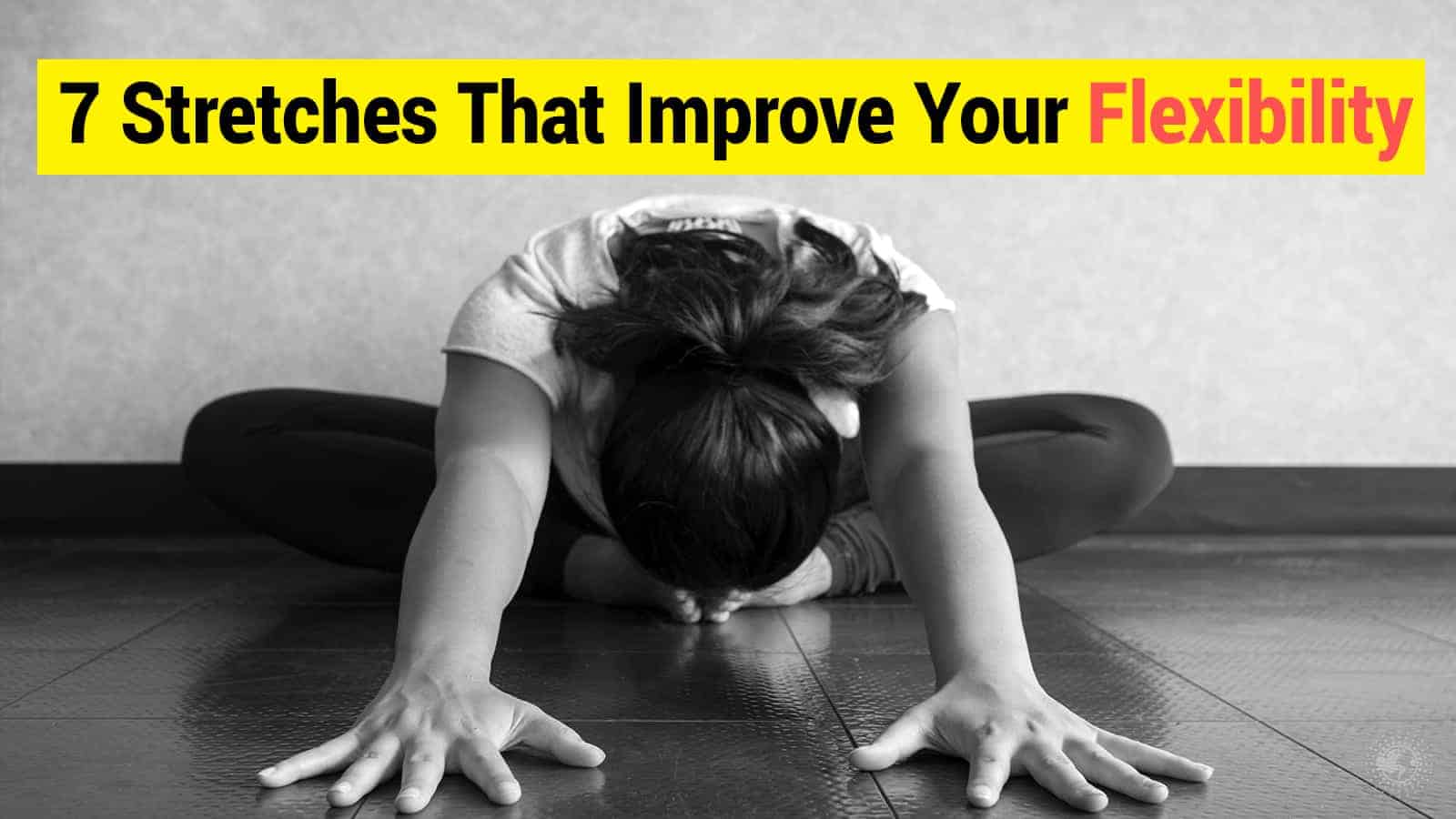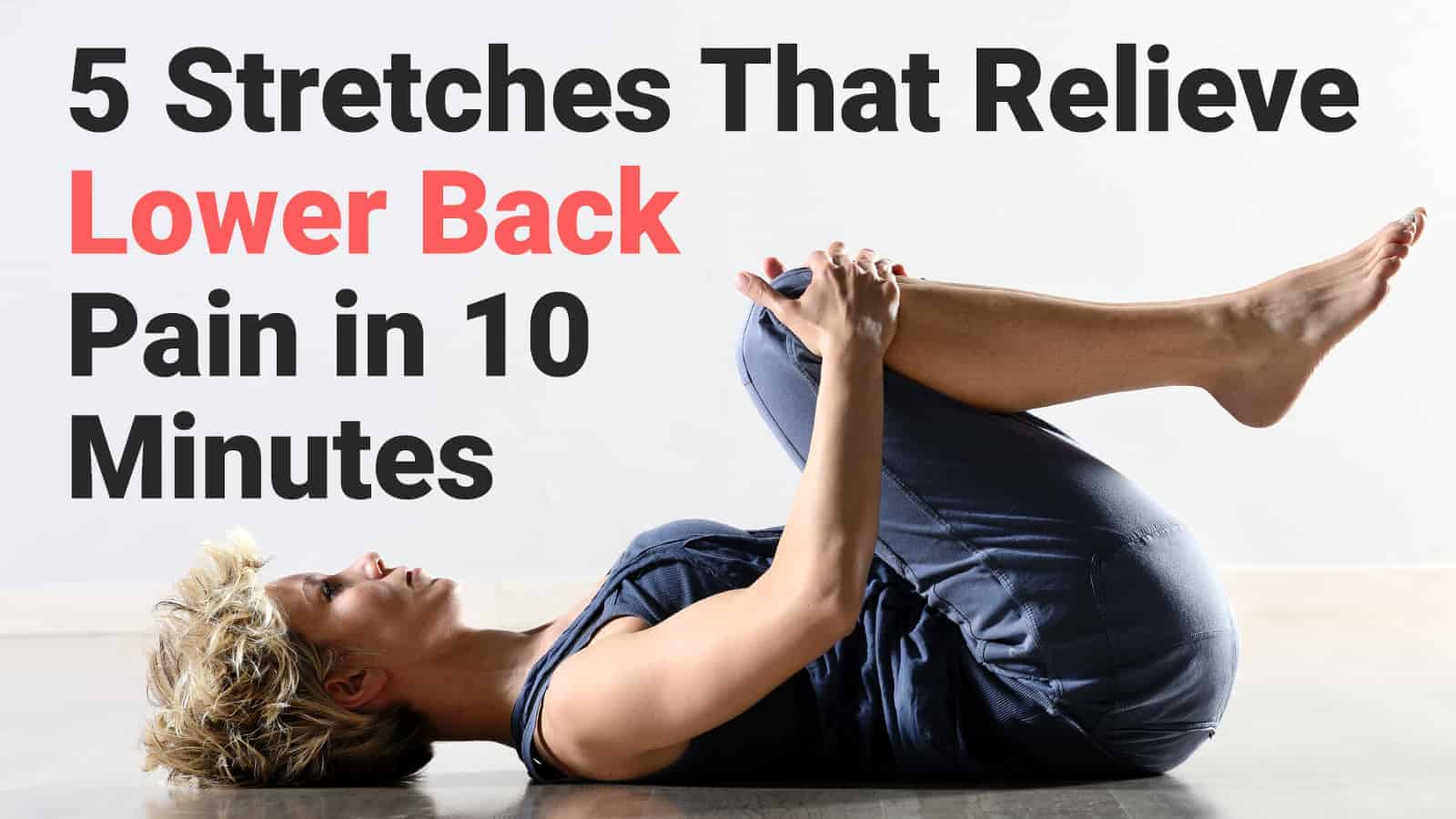Stretching enhances your physical flexibility. When you’re physically flexible, you have the stamina and energy to do the things you want to do without the worry about injury or stiffness. Stretching isn’t hard, and it can easily become a daily habit once you begin. So, why not try these seven stretches to improve your flexibility today?
Eight healthy benefits of flexibility
So why is flexibility such a big deal? Flexibility from stretching makes you more limber and loose. Your muscles are pliable, so you have more agility in sports and your other physical activities. The following is a list of the primary benefits of flexibility:
- Fewer injuries occur
- Less pain after exercising
- Improves your mindset
- Improves your posture
- Helps you balance and prevent falls
- Enhances strength
- Better overall physical ability
- Increases the blood flow
There are classes dedicated to learning flexibility, but you don’t need to take a class to learn stretching exercises. It’s something you can practice and learn on your own. Try to take five to ten minutes every day to run through a series of stretches. Regardless of how much of your little, precious time you take to do them, stretches will be well worth the benefits you get from being more flexible.
Here are seven easy stretches to improve flexibility
Here are seven total body stretches you can do on a daily routine. This is a limited list. There are lots of good stretches out there to help you become more flexible. Try these stretches for two weeks to see if you experience more physical flexibility.
-
Hip butterfly stretch
Long periods of sitting cause your hip flexors to tighten. When you stand, you pull the lumbar area of your spine, which can lead eventually lead to back problems. Don’t ignore hip tightness. It can lead to deterioration and pain in your hips and back. Do these easy hip butterfly stretches to relieve the tightness after sitting a long time or after your workout.
- Sit on the floor (or bring along your yoga mat) with your legs lying straight out in front of you.
- Pull your feet up and touch the soles of your feet together.
- Pull your heels close to your body.
- Slowly lean forward with a straight back the entire time.
- Try pushing on your thighs with your elbows to get more of a stretch.
- Hold for 30 seconds.
-
Hamstring stretch
Stretching out your hamstrings not only improves your flexibility but keeps you from getting injured. These stretches will help your hip muscles stay loose and agile. They can also improve your posture and help you avoid lower back pain.
- Sit with your right leg stretched out towards the front of your body, and your left leg bent and pointed away from your body.
- Slowly stretch out your body towards your right leg.
- Fold your body forward over your leg.
- Hold for a few minutes; then repeat the process on your left leg.
-
Gluteus stretch
Why should you stretch your glutes? Stretching exercises help relieve tension and tightness. It can also relieve your back pain, give you a better ability to move easily, and help prevent hip injuries. Do this stretch slowly and gently.
- Lie on your back (flat) with both of your knees bent and your feet flat on the floor.
- Put your right foot carefully over your left thigh. Pull your legs up to your torso.
- Slowly bring your legs, pulling in closer to your body and stretch.
- Hold then repeat with your left foot.
-
Neck stretch
Over time, your head and shoulders shift forward because of bad posture, texting, and working on computers. Bad posture can cause the muscles in your chest and neck to shorten, causing neck pain. These stretches can help loosen these muscles.
- Sit on the floor with crossed legs.
- Slowly and gently lower your left ear to your left shoulder and then hold.
- Lift your head.
- Bring your chin to your chest. Hold.
- Roll your head to the right and do the same thing on your right side.
- Repeat one or two times.
-
Full body stretch
Stretching exercises can be specific to different parts of your body. But a full-body stretch is good to rejuvenate your blood flow and relieve tension.
- Stand up, tall and straight. Pull in your stomach in a natural way. Put your feet about hip-distance apart.
- Clasp your hand, putting together your fingers and slowly raise your connected arms up straight over your head
- Reach as high as you can. Inhale and count 25 seconds.
- Relax your shoulders, not too close to your ears.
- Slowly bring down your arms and let out your breath.
-
Side Bending stretch
Side bends help your legs, hips, and waist get a gentle stretch. You’ll feel it in your torso too. These side bends are super easy and quick.
- Kneel on the floor with your legs together with a straight back.
- Put your left leg out to the side. Keep it perpendicular, not out in front of your body.
- Put your right arm over your head, resting your left arm onto your left leg. Then slowly bend your torso and right arm to your left side.
- Keep your hips forward while doing this.
- Hold the stretch position for 20 seconds or so.
- Repeat this stretch on your other side.
-
Leg stretch
These stretches give your lower back and your legs a good stretch at the same time.
- Lie on your back, your knees will be bent and feet flat.
- Bend one of your knees and hug it to your body.
- Kick that same leg upwards towards the ceiling, then straighten it out.
- Pull it towards your body. You’ll feel the tension in the back of your leg.
- Repeat on your other leg.
What are the best times to stretch?
Experts agree that stretching is important. They also agree that it’s good to stretch prior to exercising. But they tend to disagree if it’s good to also stretch after a workout. Many support this idea, but others say it’s not necessary. It’s really up to your discretion, and if it prevents you from getting injured, go ahead and stretch after your work out.
It’s suggested that you also stretch the first thing every morning to start your day off right. Stretching exercises in the morning can help warm up your muscles and give you more range of motion during the day without pain or discomfort. They also suggest you do deeper stretches in the morning for the best results. Stretches like lunges, push-ups, and rotating stretches work best. You can also stretch throughout your day to improve your posture or relax your shoulders, hips, or back after sitting a long time. The main thing to remember with your stretching exercises is to be consistent. Try to do the same kind of stretches every day at the same time.
Are there disadvantages to stretching?
There are mostly advantages to stretching, but a few disadvantages come up. Too many static stretches, a stretch where you stand, lie down or sit and hold your position for up to 40 seconds, may cause injury when you exercise. Also, stretching your cold muscles in the morning can also cause injury if you’re not careful.
Researchers suggest that you do not hold a stretch for longer than 30 seconds to avoid injury. They also say that stretching doesn’t relieve you of soreness from exercise, but it could injure your muscles if not done correctly. The message is clear, be gentle with your body while stretching.
Final Thoughts on Including Stretches in Your Workout Routines for Greater Flexibility
Although you need to stretch for flexibility, what kind of stretches you do depends on your body’s needs. Begin with a few stretches, then add more over time. Figure out where you’re more prone to injury due to your sitting all day for work or lifting on the job, then do stretches that will help that part of your body stay loose and agile. Flexibility is a life long pursuit that can help you stay in shape. Enjoy the wonderful benefits of stretching exercises for your best health.















 Community
Community

